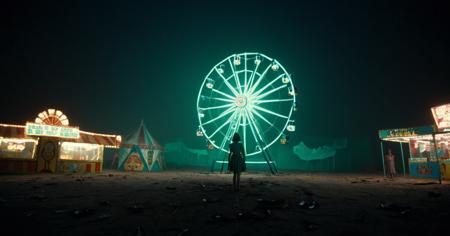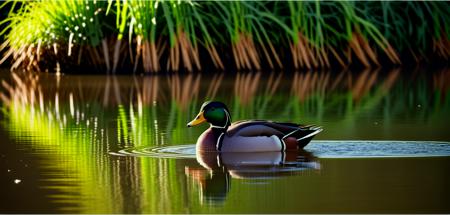JuggernautAI.art **Props:** * None
- Ragnarok_by_RunDiffusion - juggernautXL_ragnarokBy.safetensors
- Jugg_XI_by_RunDiffusion - juggernautXL_juggXIByRundiffusion.safetensors
- Jugg_XI_Lightning_by_RD - juggernautXL_juggXILightningByRD.safetensors
- Jugg_X_RunDiffusion_Hyper - juggernautXL_juggXRundiffusion.safetensors
- Jugg_X_by RunDiffusion - juggernautXL_juggXByRundiffusion.safetensors
- V9+RDPhoto2-Lightning_4S - juggernautXL_v9Rdphoto2Lightning.safetensors
- V9 + RunDiffusionPhoto 2 - juggernautXL_v9Rundiffusionphoto2.safetensors
- V 8 + RunDiffusion - juggernautXL_v8Rundiffusion.safetensors
- V 7 + RunDiffusion - juggernautXL_v7Rundiffusion.safetensors
- V7 FP16 VAE Fix - juggernautXL_v7FP16VAEFix.safetensors
- Version 6 + RunDiffusion - juggernautXL_version6Rundiffusion.safetensors
- Version 5 - juggernautXL_version5.safetensors
- Version 4.5 - juggernautXL_version45.safetensors
- Version 4 (NSFW) - juggernautXL_version4NSFW.safetensors
- Version 3 - juggernautXL_version3.safetensors
- Version 2 - juggernautXL_version2.safetensors
- Version 1 - juggernautXL_version1.safetensors
Juggernaut XL
- Reborn - juggernaut_reborn.safetensors
- Aftermath - juggernaut_aftermath.safetensors
- Aftermath-Inpainting - juggernaut_aftermath-inpainting.yaml
- Final - juggernaut_final.yaml
- Final Baked VAE - juggernaut_finalBakedVAE.yaml
- Final Inpainting - juggernaut_final-inpainting.yaml
- v2.2 - juggernaut_v22.yaml
- v2.2-BakedVAE - juggernaut_v22Bakedvae.yaml
- v2.2-Inpainting - juggernaut_v22-inpainting.yaml
- v2.1 - juggernaut_v21.yaml
- v2.1-Inpainting - juggernaut_v21-inpainting.yaml
- v2 - juggernaut_v2.yaml
- v2-Inpainting - juggernaut_v2-inpainting.yaml
- v1.9 - juggernaut_v19.safetensors
- v1.9-Inpainting - juggernaut_v19-inpainting.yaml
- v1.8 - juggernaut_v18.yaml
- v1.8-Inpainting - juggernaut_v18-inpainting.yaml
- v1.7 - juggernaut_v17.yaml
- v1.7-Inpainting - juggernaut_v17-inpainting.yaml
- v1.6 - juggernaut_v16.yaml
- v1.6-Inpainting - juggernaut_v16-inpainting.yaml
- v1.5 - juggernaut_v15.yaml
- v1.5-Inpainting - juggernaut_v15-inpainting.yaml
- v1.4 - juggernaut_v14.yaml
- v1.4-Inpainting - juggernaut_v14-inpainting.yaml
- v1.3 - juggernaut_v13.safetensors
- v1.2 - juggernaut_v12.safetensors
- v1.1 - juggernaut_v11.yaml
- v1.0 - juggernaut_v10.safetensors

